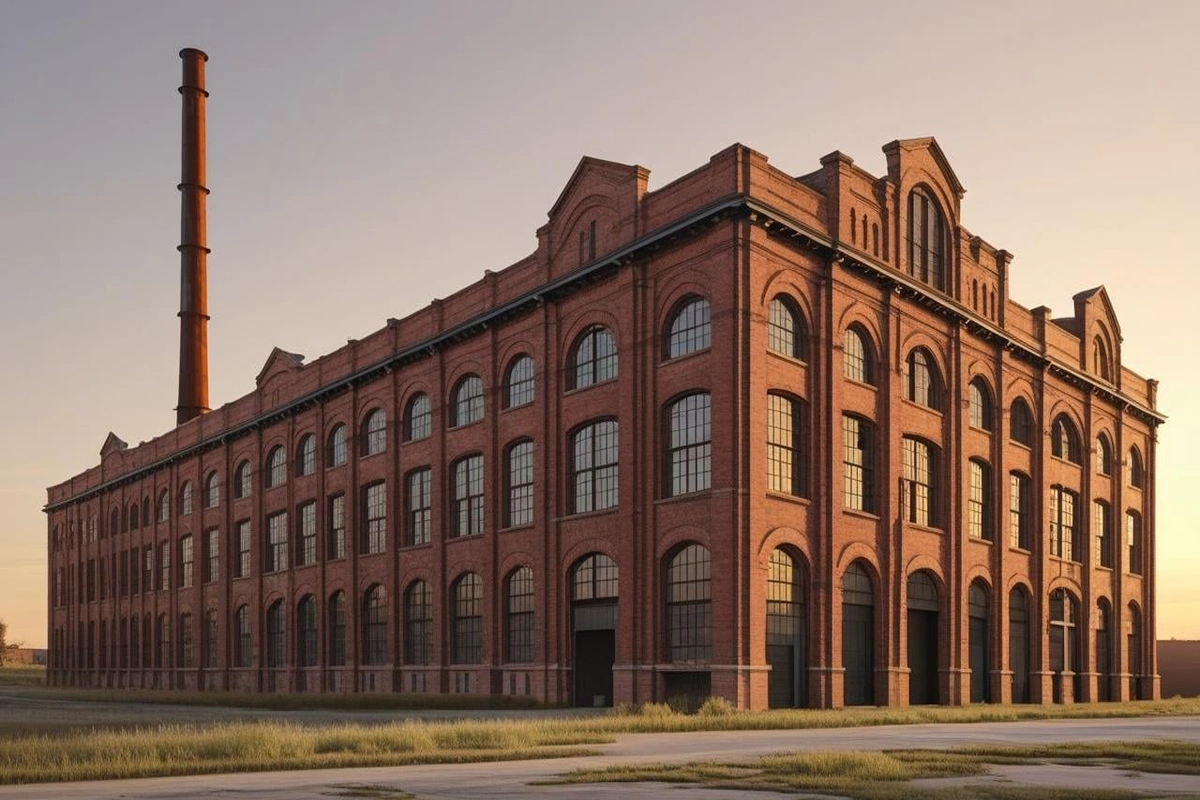In the drive for net-zero, the existing building stock is often overlooked. But the greenest building is almost always the one that’s already built. Sustainable reuse of historic and older structures is not just an act of conservation; it’s a powerful climate action.
At Archway Heritage, we champion the intelligent reuse of buildings, helping clients unlock their inherent sustainability. Here are key points on why and how to make reuse your greenest choice:
Embodied carbon savings are worth the effort
This is the single biggest argument for reuse. Demolishing a building and constructing a new one releases vast amounts of carbon – from demolition machinery to manufacturing new materials like concrete and steel. By reusing, you avoid this upfront carbon hit. This benefit is particularly amplified in large-scale industrial heritage sites, where the sheer volume of material (think vast brick mills or steel-framed factories) represents an pre-existing carbon investment.
Think: The CISL Entopia Building in Cambridge is a prime example. This deep retrofit of a 1930s telephone exchange achieved an 84% whole-life carbon saving compared to a standard new-build, largely by retaining the existing structure and reusing materials.
A circular economy in action
Reusing buildings is the ultimate circular economy practice in construction. It keeps materials in use at their highest value for longer, reducing waste and the demand for virgin resources. It’s about building for longevity and adaptability.
Action Point: Prioritise retaining original fabric wherever possible. Look for opportunities to salvage and repurpose materials, both on-site and from other demolition projects.
Enhancing local character and identity
Older buildings are integral to the unique identity and sense of place of towns and cities. Their reuse preserves this character, contributing to social sustainability. his is profoundly true for industrial heritage. Once the engines of local economies, these often monumental structures (mills, power stations, dockyards) tell vital stories of innovation, community, and labour. Their sensitive reuse breathes new life into neglected areas, transforming ‘rust to riches’ and reclaiming these powerful narratives for future generations. Think of a beloved old mill becoming apartments, or a historic school transforming into a community hub.
Consider: The role of “Local Lists” of heritage assets demonstrates how communities value buildings for their local significance, even if they aren’t nationally listed. Their retention and sustainable reuse contribute directly to local identity and environmental goals.
Inherent adaptability and resilience
Many historic structures, particularly industrial buildings or large country houses, have already undergone multiple changes of use over centuries. Their robust construction and generous proportions often make them remarkably adaptable to new functions, from residential to commercial. Such buildings are associated with large clear spans, high ceilings, and generous natural light, makes them remarkably adaptable to new functions – from residential lofts to creative studios, retail, or cultural centres. Their sheer resilience makes them ideal candidates for a second (or third) life.
Example: While large, the Battersea Power Station Redevelopment showcases the immense scale of adaptive reuse, turning a derelict industrial icon into a vibrant mixed-use destination through complex planning and phased delivery.
Choosing to sustainably reuse a building is a statement of environmental responsibility and a testament to clever design. It’s not always the easiest path, but it is unequivocally the greenest. Let Archway Heritage guide your next project towards a sustainable and impactful reuse.


No Responses